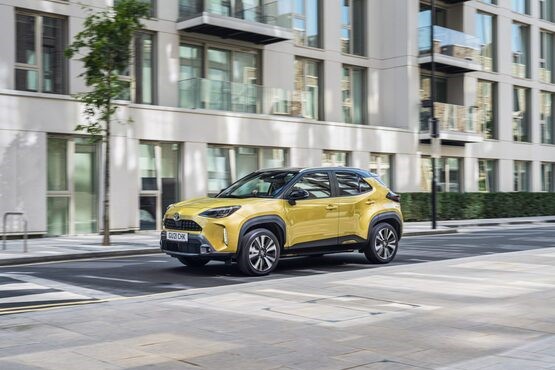Highways England Will Not Be Held Accountable For Smart Motorway Deaths
Friday, 25. March 2022
Highways England bosses will not face corporate manslaughter charges for deaths caused by two collisions on all-lane running sections of the M1 in South Yorkshire.
South Yorkshire Police concluded that the organisation cannot be held liable for the offence because, in legal terms, it did not owe road users a ‘relevant duty of care’ under the terms set out in the Corporate Manslaughter and Corporate Homicide Act 2007.
The investigation was launched following concerns expressed by senior coroner Nicola Mundy at the pre-inquest review into the death of Nargis Begum.
Begum was killed in September 2018 when another vehicle collided with her husband’s Nissan Qashqai, which had broken down on the M1.
A separate collision, which led to the deaths of Jason Mercer and Alexandru Murgeanu in June 2019, was also investigated by South Yorkshire Police. In both instances, the lack of a hard shoulder was considered a contributing factor to the deaths.
Assistant chief constable Sarah Poolman, of South Yorkshire Police, said: “I would like to express my heartfelt sympathies to the families and loved ones of those who have lost their lives on the smart motorway in South Yorkshire. Families and campaigners are fighting with dignity and admirable determination in their search for answers and action following these tragedies.
“The force launched a ‘scoping exercise’ to ascertain whether there is a reasonable suspicion that Highways England may have committed the criminal offence of corporate manslaughter. Within our terms of reference, we also included the incident which led to the deaths of Jason Mercer and Alexandru Murgeanu.
“As part of our work, we sought specialist advice from the Crown Prosecution Service (CPS). Having considered the CPS advice, we have concluded that in the circumstances, Highways England cannot be held liable for the offence of corporate manslaughter.”
Following the death of Begum, a death by careless driving investigation was launched into the driver of the vehicle involved in the collision. A file was submitted to the CPS and charges were not authorised. The driver was subsequently released with no further action.
Lorry driver Prezemyslaw Szuba was jailed for 10 months for causing the deaths of Mercer and Murgeanu by careless driving. He claimed the collision would have been avoidable if there had been a hard shoulder.
The Department for Transport (DfT) is halting the rollout of new, all-lane running smart motorway schemes until five years of safety data is available.
The move has been welcomed by MPs and campaigners, who have been calling for the construction of new smart motorways to be paused while safety concerns were addressed.
A Transport Committee report, published last year, concluded there was not enough safety and economic data to justify continuing with the Government’s plans to roll out an additional 300 miles of all-lane running motorway by 2025.
The report said Government plans to remove the hard shoulder from all future smart motorways and use the lane for live traffic are “premature”. By Graham Hill thanks to Fleet News




























